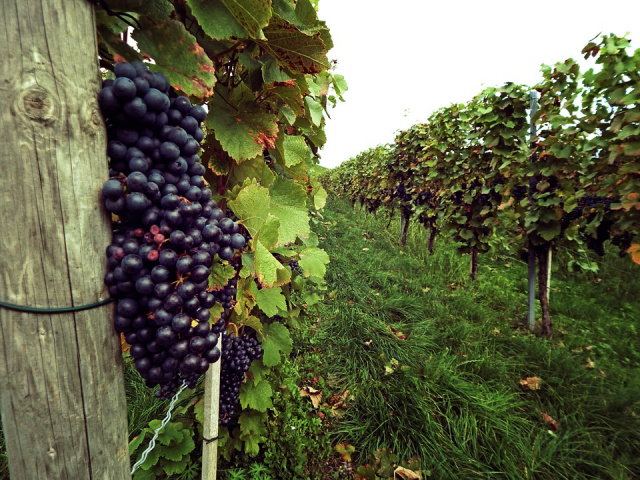
Critters Among the Vines
By John and Jennifer VerPlanck
Imagine your garden being five hundred acres of birds, gophers and tomato horn worms. Now imagine it being a vineyard and your sole source of income. Now imagine you want to make real wine and not some chemical-laden mess. It can be done. Animals are a key piece to pesticide- free wineries around the world.
Organic and biodynamic procedures are an integral part of serious wine making. In Italy and southern France, olive trees often share with the vineyards, exchanging beneficial insects. In California, choke cherries surround some vineyards, the birds preferring the sour cherries to the sweet grapes.
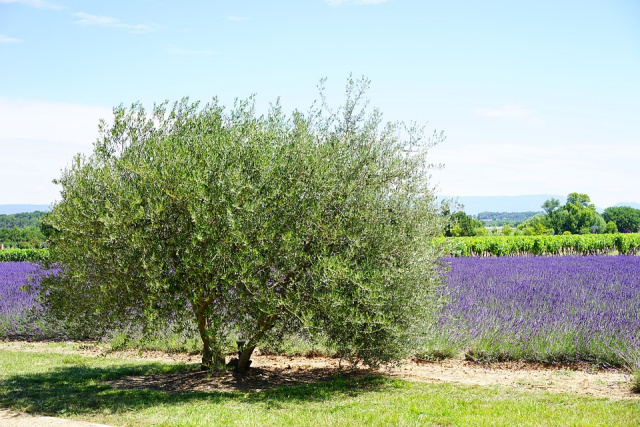
The use of organic compost encourages “good” microbes. These microscopic field hands enrich the soil, breaking down organic matter for the vines’ roots. Bees, of course aid in pollination. Many cover crops, like wild flowers encourage the bees. Often, abutting vineyards will share hives. The cute little ladybug is in actuality one of the most voracious killers of damaging insects like aphids and mites.
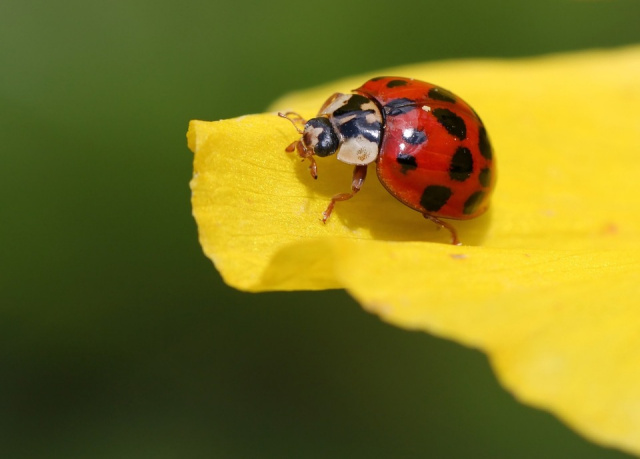
Sheep are natural weed eaters. Smaller species like the Baby doll are too short to eat the grape leaves. Normal-sized sheep at Tablas Creek Vineyard graze only from harvest time to the emergence of the Spring buds. Where coyotes threaten the sheep, some growers employ the use of guard donkeys, which are big and tough enough so the coyotes leave them alone. They bond with and protect the smaller animals.
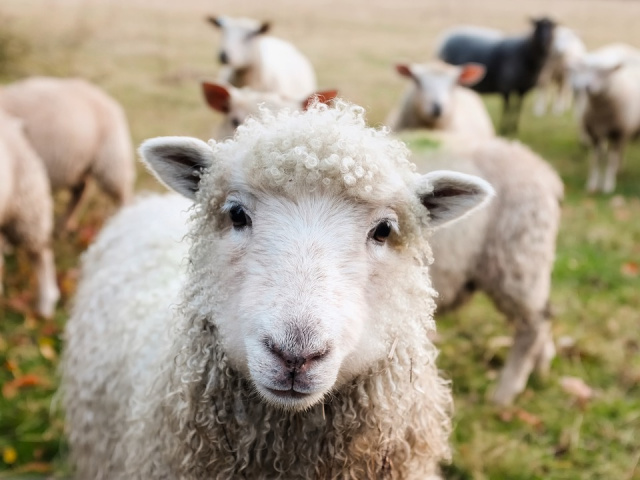
Ground rodents are a constant problem, but can be substantially reduced by predatory birds, especially owls, “nature’s flying mouse traps.” With a steady diet of moles, voles, gophers and ground squirrels, owls will take up permanent residence. Some of the vineyards in Marlborough are now using trained New Zealand Falcons whose very presence wards off grape loving starlings and other smaller birds.
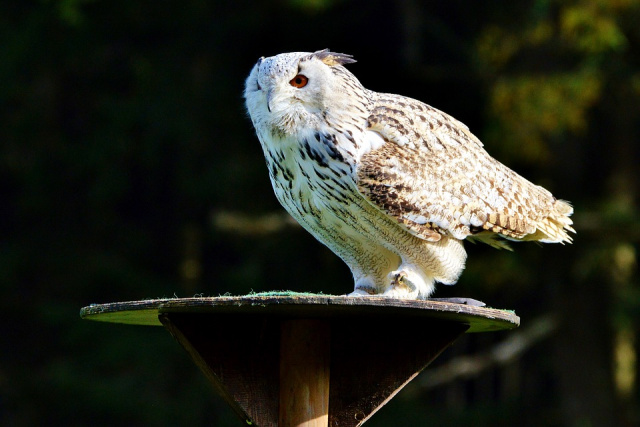
Dogs act as friendly greeters to visitors but make no mistake, they work round the clock guarding the vineyards at night, when deer, antelope, llama, wallaby, whatever is hungry, comes calling. Vineyard dogs are a mainstay. Many end up as namesakes for particular wines, gracing the winery labels. An Australian vintner we know says that when his dog starts eating the grapes, he knows they’re ripe enough to harvest. Dogs have been employed in sniffing out vine disease (like mealybug) before it can kill the vines.
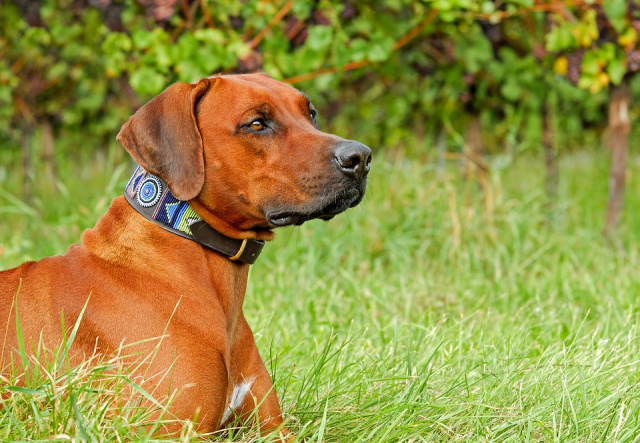
Most wineries depend on their critters, large and small, to maintain healthy vineyards. Look for ladybugs on organic wine bottle labels, like Lolonis ; the polka- dotted bugs are a part of the organic farming methods that enabled the vineyards to flourish pest free; and they even host an annual ladybug event every June. Bookstores have a cat, vineyards have a zoo!
Photo credits: Pixabay, Public Domain, wiki commons
John VerPlanck and Jennifer Laskey VerPlanck
|